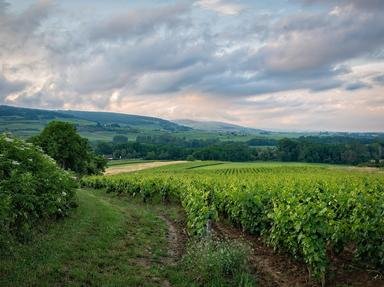Quiz Answer Key and Fun Facts
1. The "Grottes de Betharram" are some of the best caves in France, if not the world. They contain a large variety of formations, many of which have been given names. Which of the following is NOT a name given to such a formation?
2. On 12 September 1940 four teenagers made an important discovery of Paleolithic paintings in which caves near Montignac, Dordogne?
3. The Grotto of Massabielle is an important shrine in the Catholic Church. Where is it located?
4. The French have also found other uses for caves particularly in Reims, a cathedral city in the Champagne region. Several champagne houses offer guided tours, including one founded in 1785 by a Lutheran from Westphalia. Since 1997 this champagne has had a distinctive red label. Which champagne is it?
5. I cannot resist another helping of champagne! Moët et Chandon is one of the best known brands of champagne; however, its champagne caves are not in Reims but in which nearby town?
6. Moving south we lose the bubbly and move onto the Burgundy caves. What town, situated 25 miles south of Dijon, is known as the wine capital of Burgundy?
7. The Chartreuse Caves in Voiron near Grenoble in the Alps contain the largest liqueur aging cellars in the world. Which order of monks produce the Chartreuse liqueur?
8. How about some cheese to accompany the alcohol? True Roquefort cheese is made exclusively in the Combalou caves of Roquefort sur Soulzon. In what region of France are these caves?
9. Where is the entrance to the Cosquer Cave near Marseille, Provence?
10. A slightly different type of cave can be found in central Paris. Open to the public since 1867 this network of caves and tunnels holds the remains of approximately 6 million Parisians. What are these called?
Source: Author
jules44
This quiz was reviewed by FunTrivia editor
Exit10 before going online.
Any errors found in FunTrivia content are routinely corrected through our feedback system.

